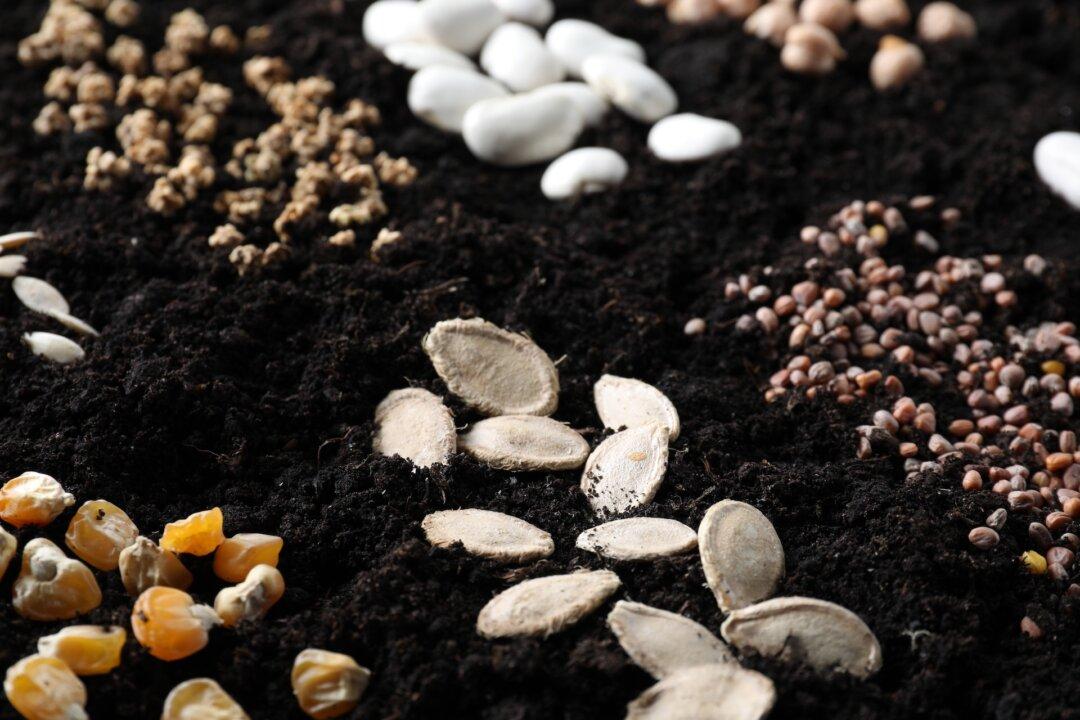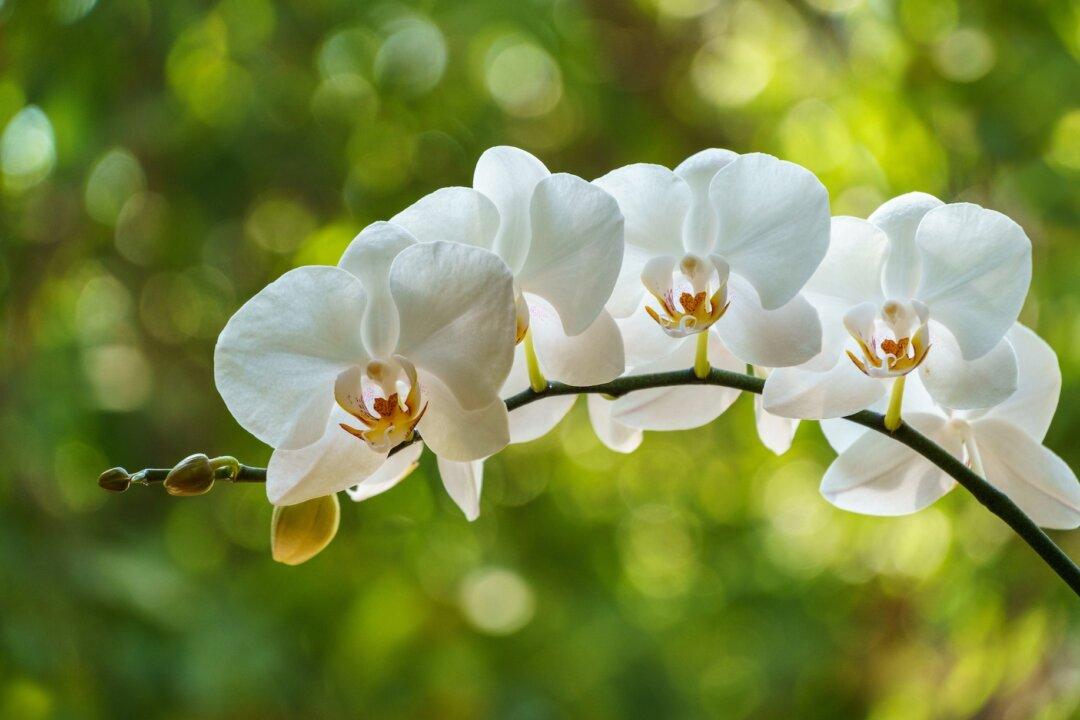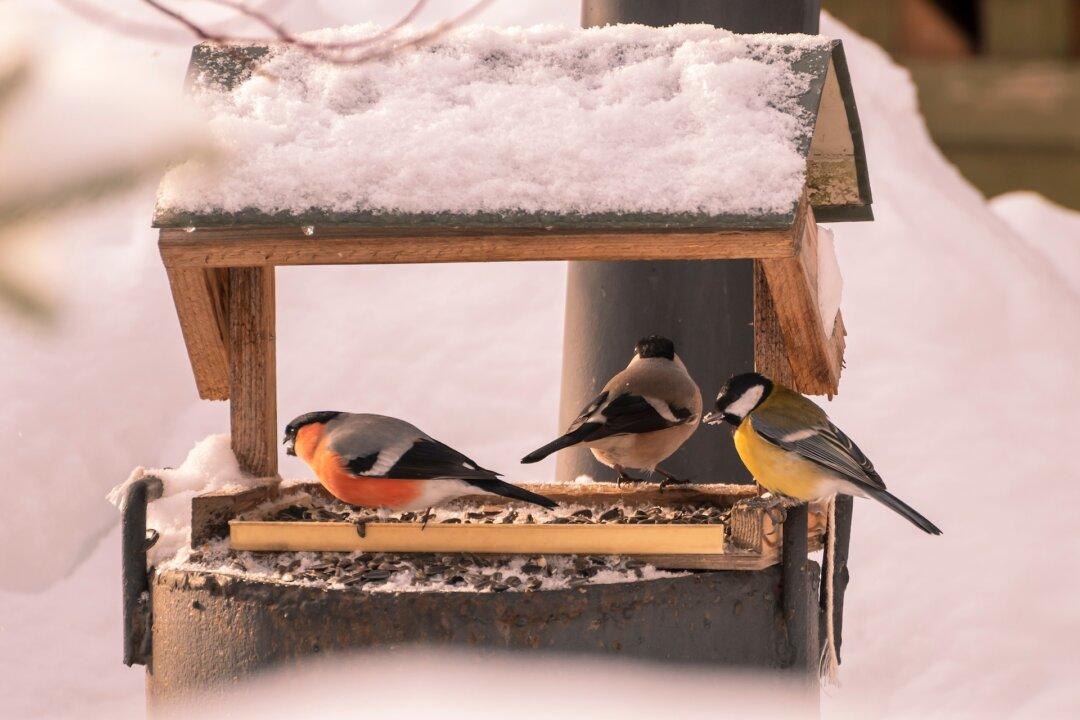My garden seed catalogs are arriving, and I am always happy when I find the All-America Selections (AAS) logo in a plant’s description. These plants have been vetted by the AAS, an independent nonprofit organization that tests new plants. They have about 80 test gardens from Alaska and Canada to California and Florida. They also have almost 200 display gardens all across the continent that are not used for judging but to show gardeners how well the plants grow locally.
The judges evaluate the plants all season long, not just an end of season harvest. Only the entries with the highest nationwide average score are considered to be worthy of a national AAS award. Some plants will do better in a hot, dry climate or a cool, humid region and wouldn’t win a national award, so the country is divided into six regions where a plant might win one or more regional awards.
The flowering plants are evaluated for desirable qualities such as novel flower forms; flower colors; flowers held above the leaves; fragrance; length of flowering season; and disease or pest tolerances or resistance. This week we discuss the flowers, and next week the vegetables.

I have never been fond of celosia flowers, but the Celosia Kelos Candela Pink may change my mind. As an annual winner in the Northeast, Southeast, Great Lakes, and Mountain/Southwest, this flower will soon be seen everywhere.
It has bright pink blooms that rise above the foliage like tall, tapered candles. The total plant height is over 2 feet tall, with half of that being flowers. The plumes of flowers keep their color all season long, making this a perfect filler plant to add height and interest to a combination container planting. But it is also useful in mass plantings, borders, and general garden use. As an added bonus, it works as a dried flower.
It does well in full sun, but some afternoon shade is beneficial. It can dry out some, but it does better if it stays damp.
Sweet Daisy Birdy is a Shasta daisy with huge 5-inch flowers. Even though this plant is only a winner in the Mountain/Southwest zone, it proved to be extremely hardy and weather tolerant, going through zone 3 Canadian winters and southern Texas summers. If you have cold winters and warm-but-not-too humid summers, you should give this daisy a try. Shasta daisies are good for pollinators and should be deadheaded for more blooms. The AAS perennials are grown in the test gardens for three years, so it takes a good plant to win.
Zinnia Profusion Red Yellow Bicolor isn’t just the winner of a Gold Medal in the All-America Selections; it is also the recipient of the Fleuroselect Gold Medal award for performance in European trials. The flowers start out with a vibrant red center ring surrounded by golden-yellow outer petals. As they age, the flowers shift into soft shades of pink. The plant produces new flowers over the top of the old ones, so there is never a decline in the beauty. Even though it may not need to be deadheaded, removing the oldest flowers does help.
This annual grows about a foot tall both in the garden and in pots. It prefers full sun, but in hot climates will do better with some afternoon shade and a damp (but not wet) soil. It blooms from spring until frost with 2.5-inch flowers that are good for pollinating insects.





